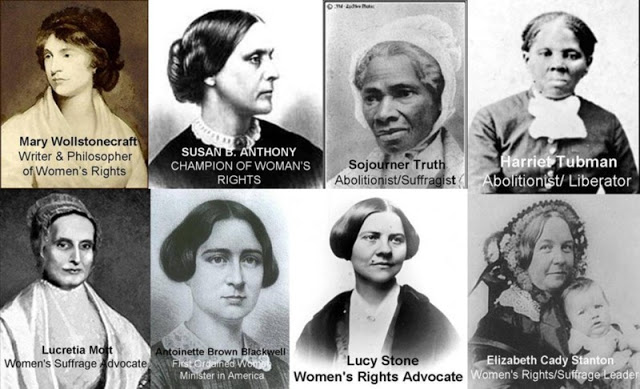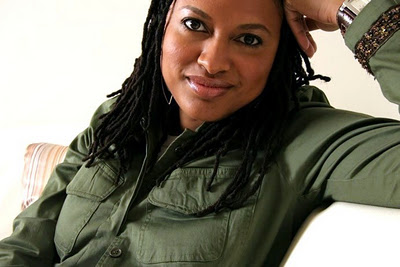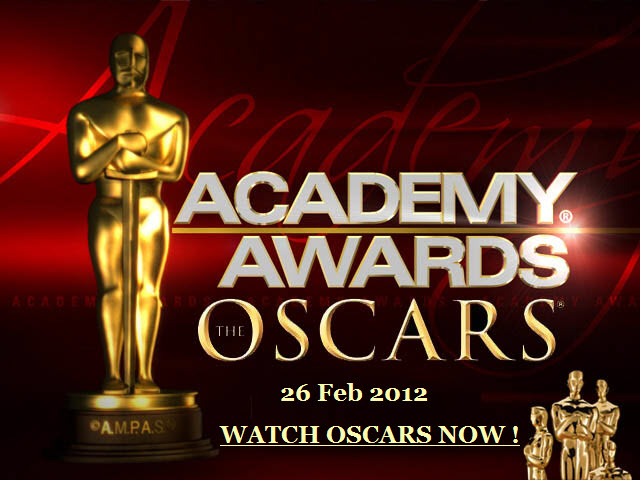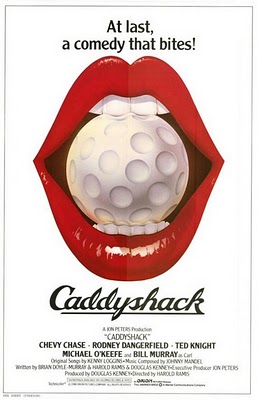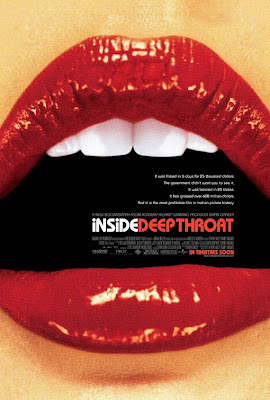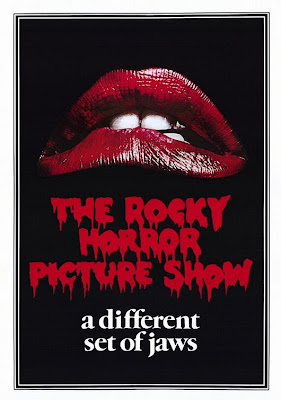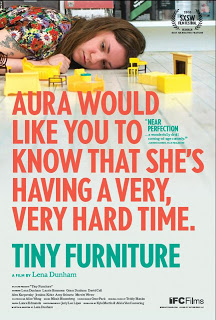How to Train Your Dragon by Jason Feldstein: In the past decade Hollywood seems to have grown fond of girls like Astrid. The most likely reason is that they still consider female protagonists to be a liability, but they don’t want to be seen as backwards. So what do they do? Simple. Write a male protagonist who is gentle and silly and have a female character that is tough and feisty but only second in command.
The Lion King: Just Good, or Feminist Good? by FeministDisney: It basically boils down to the fact that an entire group of strong female characters are unable to confront a single male oppressor; to do so, they need to be led by a dominant male. It almost sucks more that Nala is such a strong, independent, intelligent, savvy female character and still ends up constrained by this plot device.
Onions Have Layers, Ogres Have Layers: A Feminist Analysis of Shrek by Rhea Daniel: Shrek is chock-full of uglies, reviled and feared, who find each other and embrace their alternate halves. The one who refuses to embrace his shortcomings, no pun intended, is punished and gets swallowed by a dragon. Shrek speaks to the gulf within the self – to have the courage to embrace oneself or change/hide part of it to feel accepted (or feared). Its motley cast of social rejects make their choice, dashing the conformity of the feature length fairy tale to pieces.
Megamind: A Damsel Who Can Hold Her Own by J. Lee Milliren: But even now, when Hal is about to take down the entire building, Roxanne still tries to reason with him. This is the very essence of what it means to be a strong character. It is not actually about being physically strong, or incredibly intelligent; it is about still trying to accomplish your goal even when there is no hope.
The Princess and the Frog by Janyce Denise Glasper: Our characters: Tiana (originally to be Mamie–uh oh!), a two job hustling sassy twang lady with a lifelong dream of becoming a chef/owner of a fine restaurant. The leading man: disinherited, shallow, but very good looking, Prince Naveen. Tiana’s best friend since birth, Charlotte: a rich, apple-cheeked blond with ample curves to die for and a strange obsession with calling her sole parent “Big Daddy.” The villain: a top hat wearing, African mask collecting, voodoo havocking witch doctor with a smooth, seductive albeit evil voice, Dr. Facilier.
Magical Girlhoods in the Films of Studio Ghibli by Rosalind Kemp: These characters owe a great deal to the prototypes of European fairy tales and Japanese folklore and in many ways are traditional versions and depictions of femininities, but there’s an underlying sense of joy for feminist viewers in that these girls and women are active, subjective and thoroughly engaging.
An Open Letter to Pixar by T. Bookstein: Please, I beg of you: hire a consultant – someone experienced in noticing sexism, racism, heterosexism, and ableism – to look at your scripts and make sure that you are aware of the impact of your throwaway jokes. You need SOMEBODY on your payroll who can look at each story in the earliest phases, scripts and storyboards, and who can say, “that’s sorta sexist. Do we really need it?”
Nightmare Revisited by Jessica Critcher: I’ve probably seen this film a hundred times. I know all of the songs by heart. I remember watching it on VHS when it first came out, which is making me feel increasingly old. But as is the case with several things from my childhood, some of the nostalgia wears thin when subjected to critical analysis.
Is Smurfette Giving It Away? Let Your Kids Decide by Soraya Chemaly: ‘Cause we’re at the stage in this country where the true hard work of equality has to take place. This is the land where culture’s destructive and dangerous messages about gender hierarchies and power are not delivered with blunt force trauma (like stoning a young girl for being raped, which is so obviously wrong), but rather through fun and entertaining games and movies. Why would I let my children play culture-shaping games involving the commoditization and sale of the only girl in the land without explaining it?
101 Dalmations! by Sade Nickels: Cruella is a single, loud, independent woman who is bad, bad, BAD! We know this because of her older, androgynous appearance, misandry and verbal harassment of men, poor driving skills, disinterest in the nuclear family, obsession with material items…oh, and her love of skinning helpless, small animals. We know she is especially bad when she is compared to her “school chum” Anita (the owner of Perdita–the mom dog).
James and the Giant Peach by Libby White: From a feminist perspective, my favorite thing about the film is that it doesn’t pay any attention to sex at all. At no point are the Aunts’ criticized for being a disappointment to the name of maternal women. At no point is Miss Spider treated differently because she is female. No, almost every character has an inner and outer struggle, each reaching a defining moment in the plot where they must test themselves to save those they love.
Cinderella by Olivia Bernal: Cinderella does not believe she can affect change in her own life. She will wait with faith and something good is bound to happen. Of course, as Disney shows us, it does; Prince Charming really does come and all is happily ever after. It negates a choice and, above all, this is the importance of the feminist movement – to allow the Cinderellas of the world to say “Fuck you” to all the evil power-mongers and be on their way – Prince or no.
Why I’m Excited About Pixar’s Brave & Its Kick-Ass Female Protagonist … Even If She Is Another Princess by Megan Kearns: Inspired by Chapman’s relationship with her daughter, Brave also features two parents, a mother and a father. It’s rare for an animated movie to have a loving mother, considering too many Disney films kill off mothers, demonize stepmothers and solely focus on both daughters’ and sons’ relationships with their fathers.
WALL-E: The Flick-Off by Amber Leab: While the beginning of WALL-E is a lovely silent film (and would’ve been a fantastic short film), when you brush away the artifice and the adorable little robots, all you have is standard Disney fare: a male protagonist and a female helper, told from his perspective. Why the robots are gendered at all isn’t clear; the movie could’ve been about their friendship–and far more progressive than the heteronormative romance that ensues.
The Secret of N.I.M.H. by Katie Roussos: The Secret of N.I.M.H. is not free from gender stereotypes or tired portrayals of women. But The Secret of N.I.M.H. has one thing that many children’s films don’t have: a female protagonist. A main character who is a hero because of her strong will, intelligence, and heart.
Spirited Away by Jason Feldstein: The values that Chihiro learns, once all is said and done, do not seem particularly revolutionary: a sense of identity, a belief in herself, the courage to face what lies ahead. These are hardly new concepts to be put into a children’s film. What makes Spirited Away so different is the journey that Chihiro takes in order to obtain these values. She does not gain self-respect by defeating an enemy, but by surviving a situation and teaching others to question themselves. Liberated storytelling, feminist narratives, and progressive politics make Hayao Miyazaki one of our most important filmmakers, and Spirited Away is one of his best films.
Lilo & Stitch by Sarah Kaplan: Aside from the strong female characters and the far-from-sexist behavior of every male character in the movie, it’s worth noting that the core themes of Lilo & Stitch are about as feminist as they come. I don’t want to spoil the ending, but it highlights the importance of family and the concept that biology is not destiny, though admittedly the latter is applied to alien genetic experiments rather than sexual differences.
Fantastic Mr. Fox by Amber Leab: Meryl Streep voices the only female character in the entire cast. Okay, there’s a love interest to bat her eyelashes at the boys, but I don’t even think she had a line. Not only is the lone female character a wife and mother—seen cooking and husband-scolding more than any other activity—but also is a waste of a talented actress.
Anthropomorphism and Sexism in Disney’s The Aristocats by Rhea Daniel: As I watch Marie reinforce her weakness again and again, falling off an automobile, falling into the water, I feel it necessary to point out that her brothers are as the same level of maturity and motor-skill development, so it’s obvious that Marie is chosen to be the weakest link—an essential quality for the lady-in-training.
Howl’s Moving Castle and Male Adaptations of Female Work by Emily Belanger: The movie and the book are both about a young woman who only finds herself after losing her youth. How feminawesome is that?? Also, the characters are interesting and fleshed out in both mediums, and the movie’s approach to war is interesting. And the animation and music – just incredible. So if you love the movie, I hope you keep on loving it. But take the time to read the book too so you can appreciate the powerful side to Sophie’s nature.
The Two Leading Women of The Muppets Movie by J. Lee Milliren: I personally loved it. But, I’m also very sad that there still isn’t more to the female characters. When a movie is this good, I’m personally disheartened when a little bit more effort wasn’t given to flesh out the leading women. What kind of message is this sending to a whole new batch of little girls who are meeting the Muppets for the first time, when there are only two leading ladies in a BIG cast … who both want to be married?
Ferngully: Last Rainforest and Great Gender Equalizer? by Emma Kat Richardson: In spite of their differences, the movie’s climactic sequence finds the two female protagonists dovetailing in strength of character, each embarking upon a courageous suicide mission of self-sacrifice for the benefit of all. In Magi’s own parting words, “We all have a power and it grows when it’s shared,” the sort of sentiment that lends vocal credence to one of Ferngully’s most prominent tropes: we all have the ability to make positive change, but that power multiplies when there is community cooperation readily at hand.
The Tale of Despereaux by Robert Poteete: The story centers on rescuing a princess, and in a fairly banal way—there is no self-conscious humor at the fact that the passive princess isn’t much of a character, but rather an object of rescue. Oddly, while the princess-rescuing contains the climax, the central conflict of the story resolves through largely unrelated means. This begs the question as to why have a rescue the princess plot at all.
The Land Before Time by Juniper Russo: Although, like many films, this 1988 classic has a male protaganist, Littlefoot defies stereotypes of masculinity. He is sensitive, crying at several points in the film, and plays an almost maternal-role to the younger, less experienced members of the gang. Petrie the pteranodon and Spike the stegosaurus also defy all stereotypes associated with male heroes–Petrie is awkward and not particularly bright; Spike is cumbersome and strangely mute.
Tangled by Whitney Mollenhauer: In the end, I think it makes a good case for women’s “proper place” NOT being just in the home, but out in the world/public sphere! I’m not sure how you could get any other moral out of it. Even in Mulan, after she saves China, she ends up returning home, and (we suspect) marrying the army captain guy, instead of taking a job with the emperor. In Tangled, the movie’s premise is centered around the idea that it’s wrong and horrible to expect a woman to spend her whole life at home.
You Say Princess Like It’s a Bad Thing by Myrna Waldron: I knew it would be a difficult and thankless task to write a feminist defense of the pre-1960s Disney Princesses. But part of my personal definition of feminism is to celebrate and empathize with all kinds of women, especially if they are portrayed in a positive light.
Aladdin by Lia Gallitano: “Ugly” women, then, are used as comic relief. In one of the first scenes, when a woman opens the door and says of Aladdin, “Still I think he’s rather tasty!”, everybody in the audience is supposed to laugh. Aladdin looks at the woman (who is quite large) and jumps in surprise and disgust. Oh, silly fat woman, you can’t have feelings because you’re ugly! We’re supposed to laugh at how ridiculous her thinking Aladdin is “tasty” is—because fat women and ugly women are not supposed to have sexual desires. Only when the sexy women do this is it okay—nobody is laughing at Jasmine’s proclamations of love for Aladdin, because it doesn’t seem ridiculous now. Aladdin is attractive, she is attractive, so they can be in love.
The Hunchback of Notre Dame by Caitlin Moran: Unlike Ariel in ‘The Little Mermaid,’ whose tribulations are almost exclusively caused by her own narrow-minded pursuit of a dreamboat she’s never spoken to, Esmeralda is street-smart and clever; her eventual capture is facilitated accidentally by Phoebus and Quasimodo, who both see themselves as her male protector and likewise rush to save her, though she was doing perfectly well on her own, thank you very much.
Monsters vs. Aliens: Animation Finds Girl Power by Amanda Krauss: The biggest innovation in this movie is its (fairly successful) attempt to be girl-friendly. After she saves San Francisco, Susan returns home to fine that her career-obsessed fiancé can’t handle the potential threat to his own fame and leaves her. Eventually, she decides that’s fine. Besides, she has other fish to fry: in the second half of the movie, Susan and the monsters must battle Gallaxhar on his spaceship, and through various quantonium-sucking plot machinations Susan is briefly returned to her normal size. Importantly, she chooses to suffer re-giantization in order to save her monster friends.
Third Time Still Not the Charm for Toy Story‘s Female Characters by Natalie Wilson: While the girls in the audience are given the funny and adventurous Jessie, they are also taught women talk too much: Flirty Mrs. Potato-Head, according to new character Lotso, needs her mouth taken off. Another lesson is that when women do say something smart, it’s so rare as to be funny (laughter ensues when Barbie says “authority should derive from the consent of the governed”), and that even when they are smart and adventurous, what they really care about is nabbing themselves a macho toy to love (as when Jessie falls for the Latino version of Buzz–a storyline, that, yes, also plays on the “Latin machismo lover” stereotype).
The Evolution of the Disney Villainess by Rebecca Cohen: I’m not the first to note that the female protagonists of Disney animated features tend not to have mothers. When adult women do appear, they are evil wicked stepmothers, as in Snow White and the Seven Dwarfs and Cinderella, or evil sorceresses, as in Sleeping Beauty and The Little Mermaid. Indeed, it almost seems as if Disney “princess” movies simply don’t have room for two sexually mature women to coexist.
Despite an Intelligent Heroine, Beauty Obsession, Sexism & Stockholm Syndrome Taint Disney’s Beauty and the Beast by Megan Kearns: Yes, Belle is intelligent, courageous, curious, opinionated…all the things I admire in female protagonists. Disney was painfully aware of the criticism against The Little Mermaid’s Ariel giving up her family, her life, hell even her voice all for a stupid prince. Linda Woolverton, Beauty and the Beast’s screenwriter, drew inspiration for Belle from tomboyish, book-loving, outspoken Jo in Little Women. Belle’s feisty independence heralded a new kind of Disney heroine, paving the way for Jasmine, Pocahontas and Mulan. And yes, we often see the world from her vantage point, another plus. Although the film begins and ends with the Beast, who also happens to go through the biggest transformation (literally and figuratively) in the film. Despite her awesomeness, there’s still a huge problem with Belle.
Snow White and the Seven Dwarfs by Rebecca Cohen: The Queen is even something of an intellectual. When she disguises herself as a crone, she does so in a laboratory-like dungeon replete with test tubes, flasks and burners, not to mention shelves lined with books. She’s certainly the only character in the film ever seen reading a book. And her final attempt to kill the dwarfs involves use of a lever device, with which she tries to dislodge a boulder and crush them. But her resourcefulness and application of basic physics are to no avail. It’s no coincidence that her cleverness is foiled by a lightning bolt, a stroke of random luck. This anti-intellectualism is of a piece with the conservative American values suffused throughout the film.
Snow White and the Seven Dwarfs: The History and Legacy of Disney’s Original Fairy Tale by Stevie Leigh Cattigan: As is the case in many of the Grimms’ tales, the prince is barely even a character, he just shows up at the end in order to whisk the princess away to his castle. In Disney’s version however, the prince has a more prominent role. As discussed by Sandra Gilbert and Susan Gubar in their seminal work ‘The Madwoman in the Attic,’ women’s stories are often framed through male discourse and they are, ‘(enclosed) in his texts, glyphs, graphics’. Disney’s prince is the beginning and the end of Snow White’s story; he literally frames her narrative.
